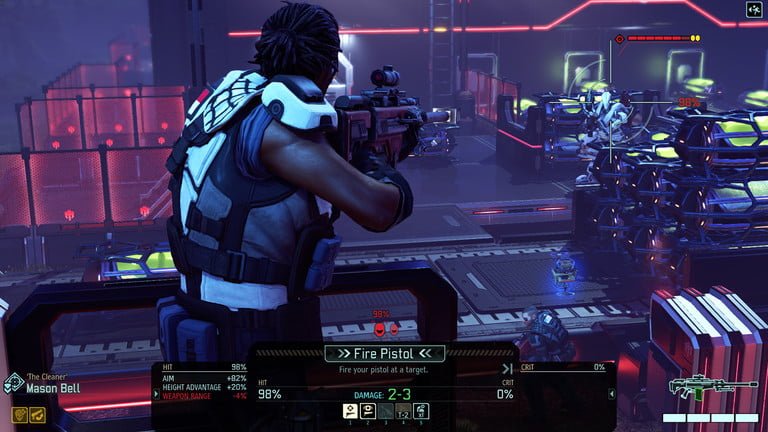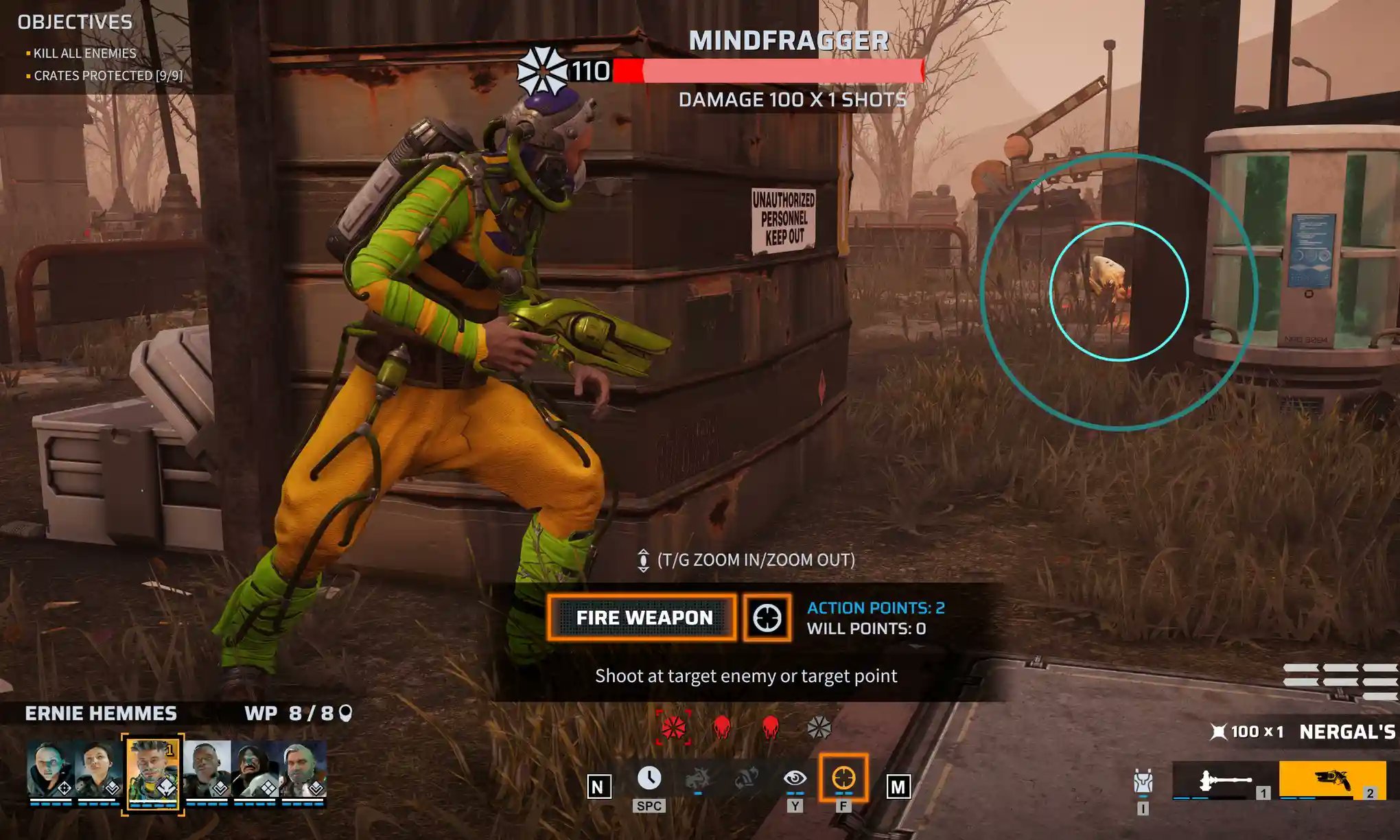Designing for Intent vs Impact
My RZ-2 A-Wing cuts a smooth silhouette through the nebula as it banks past the asteroids and keys itself up. Merl Cobben, my fast-flying pilot knows that he’s putting himself in harms way. He braces his elbows into his knees to keep the stick steady but prepped to throw the sleek manoeuvrable craft into some evasive manoeuvres.
My enemy sends forward Anakin Skywalker in an Aethersprite Delta-7B. A deadly craft with a deadlier pilot, Anakin attempts the drop-kick Koiogran Turn, a combat manouvre designed to put him past Merl’s targeting volume, but line himself up for return shots. What my opponent didn’t account for was Merl’s aggressive bank, and so Anakin lands in every pilot’s worst nightmare: The bump. Instead of K-Turning into an aggressive position, Anakin loses all momentum and stops in front of Merl, a sitting duck for the supportive T70 X-Wings in close pursuit.
Intent vs Impact as Terms of Reference
In games, we can ask players to declare to us one of two things: What they want to achieve, or the steps they intend to go through to achieve it. Which we ask of them is a core game design decision that leads to wonderfully different game states. Within this text, Intent refers to a set of actions. For example, when playing X-Wing Second Edition (Fantasy Flight Games & Atomic Mass Games, 2018) I can state as a player that Anakin will attempt to perform a 4-speed K-Turn, but I cannot “right click” the point in space where I want him to end up. Part of the fun of X-Wing’s rewarding system is that I am also tasked with estimating what effects that input will have, putting me “in the seat” of the starfighter. Impact, conversely, is when the player can directly input their desired outcome. For example, in Battlestar Galactica: Deadlock (Black Lab Games, 2017), my input is the final position of the ships, and I manipulate that final position with the manouvre flown being calculated for me. I am a force commander, and setting turning ratios and engine power of Battlestars is not my role. I am rewarded by the macro-play across the stars.
How Impact and Intent Affect Play Experience
As key input methods, moving between Impact and Intent can rapidly change the player’s emotional journey across the micro-decisions of a game. One of the most noticeable differences is that a system that only allows players to define Intent automatically disempowers them in some way. If your system is set up such that players can only suggest what they intend, but cannot be assured that will grant a certain outcome, that tells us that there is some form of reduced information that makes the outcome incalculable (or, perhaps just difficult to calculate), otherwise it would simply be an Impact system. For example, Chess is an Impact system, where players are fully empowered to understand the outcomes of the movement of their pieces. Stratego (Jumbo Games, 1946) uses hidden strength values of the pieces (including some wrap-around where the value 1 spy beats the value 10 general, or bombs, which beat everyone at the cost of their own life). This makes Stratego an Intent-asserting system: I can say that I “Intend” to defeat a piece, and move onto its square, but I don’t know if that will be the outcome because I don’t know the strength of your pieces.
Intent systems therefore tend to be more like “hidden information problems”, which can offer a moment of tension before reveal. A good approach to an intent system is to understand the many outcomes that may arise, and have a plan B.
Systems of Impact and Limiting Control
If Impact-asserting systems are all about defining the outcomes, the game design needs to add some spice to keep it from being a known quantity to players. Slay the Spire (MegaCrit, 2019) is a known-outcome Impact-asserting game where the player knows what all of their actions will do to the enemy, and also what the enemy is planning to do to them (with a clear telegraph system). Slay the Spire maintains “spice” by having player options pulled from a card deck, such that only 5 options are available at once, and the player can never be sure which 5 options will be at hand in the next round. Into the Breach (Subset Games, 2018) was specifically designed to be an outcome-engaged system where players had full information and thus could untangle the puzzle of each turn. However players only have limited movement range and ability points, restricting their set of available Impacts (or outcomes). In each case, though, heavy telegraphing and graphic design is used to ensure the player understands WHY they have access to the outcome-set they do, and therefore WHICH actions (and therefore known outcomes) they should select. Limiting the available outcome-set is crucial to maintaining the “spice” of these Impact systems.
A Short Comparison of These Approaches
XCOM 2 (Firaxis, 2016) and Phoenix Point (Snapshot Games, 2019) are similar games from designers that share lineage. In both games the player is taking control of squads of human operatives, going into tactical battles against Aliens (and radical humans). In both cases, the primary method of engaging with the enemy is by shooting them. However, XCOM 2 uses an Impact shooting mechanic, and Pheonix Point uses an Intent shooting mechanic, making them ripe for comparison.
XCOM 2 displays a wealth of information to help a player understand why they have access to this limited outcome set.
In XCOM 2 the player clicks an enemy to target them, and are told the following: “This attack has an 80% chance to hit. If it hits it will do between 3-4 damage. The percentage chance to hit and damage values have been calculated using the following information:
Base hit %
Base damage #
Enemy in cover, -hit -damage,
Elevated position, +hit.”
As mentioned earlier, this volume of communication is crucial to engaging players in why this outcome set is available to them, as “mastery” of XCOM 2 (just like Into the Breach) is about putting yourself in positions to maximise the available outcome sets so that as a player you have the best pool of options from which to pick.
Phoenix Point allows players to set their own risk/reward structures by allowing them to freely define shooter-intent.
Phoenix Point doesn’t allow players to define “put bullet in this enemy” as an outcome (or Impact) Instead it demands they define methodology, Intent. The two circles you can see in the image are concentric (sharing the same centre). The inner circle shows where bullets have a 50% chance of landing, while bullets have a 100% chance of landing within the outer circle. The red bar at the top is a damage estimation. The weapon used in this image is a fairly inaccurate pistol, against a small enemy at some range. If we take a look at an Assault Rifle against a man-sized target at appropriate range:
Phoenix Point allows a player to make risk-reward decisions, like shooting for the head vs centre-mass. (Image from Pheonix Point’s Development Blog)
The UI shows us how powerful Intent-based systems can be. Here, we can see that by placing the shot on the centre-mass of this target, the player can gain a very high hit % chance, with almost all of the “100% targeting circle” filled by the enemy. But if we wanted to assert an Intent to hit the enemy’s head, we would drag that 50% centre circle up, in which a lot of our 100% circle would now fall outside of the target. This risk-reward understanding of the situation at hand allows players to conceptualise their understanding of possible outcomes.
Conceptualising Outcomes through Intent
I’ve spoken before about how players just don’t “get” probability. In fact, it’s a known part of the human condition that we are pretty fucking bad at understanding anything that isn’t 100%, 0% or 50%. From my own experience in military strategy, experts can get to 25% and 75% but it pushes the limit of our working understanding and rarely brings any more value. For this reason, XCOM 2 can feel like shit to play. In fact, under the hood Firaxis have had to design several “feel good” systems into XCOM 2 in order to align actual probability with player expectations of the experience. In a system built for players to assert Impacts, the game has to manipulate what those impacts are.
Phoenix Point however, doesn’t have to adjust %s or manipulate outcomes, because the player is aware of the rules of the system, and the puzzle is to engage with that through their conceptualised intent. The game doesn’t “cheat” you out of that sniper shot, you chose where to place the reticle.
Intent vs Impact as Difficulty in Sniper Elite
Forgive me for referencing an older game in the series, but I haven’t played the last few. However, Sniper Elite 3 (Rebellion Developments, 2014) has significant UI change that occurs moving from the "lower middle” difficulty to the “higher middle” difficulty in a way that becomes clear that the designers believe this to be a core change in how the game is played between "easy” and “hard”.
In both modes the primary UI element is a sniper scope, complete with mil marks, wind indicators, and dialled distance. In easier modes, the player is engaging wholly in an Impact-asserting methodology. When cuing their character to hold his breath, an indicator appears within this scope UI that represents the bullet point of impact. The player is then able to correct their scope, leading the target or adjusting for wind or gravity. This lets the player use the “impact indicator” to have certainty in asserting their impact: “Put a bullet in the petrol tank of that armoured car”.
However, on advanced difficulties, the game removes this “impact indicator”. Now players can only define intent. The player has to understand how wind, gravity, and movement will affect their round, and achieve their impact by stating intent and letting the game systems have their say. A good player can put a shot on target with as much ease as the Impact system, but it requires significantly more understanding of the conceptual framework of Sniper Elite 3.
With an understanding of these two systems we come back to how each makes a player feel. In the Intent case, the player feels that emotional lift that comes from having made a successful shot under the cover of noise. They understood the intricate systems, made a non-deterministic choice to shoot in a specific area, and were rewarded for their understanding with an Impact that met their desired outcomes. By going “up the tree” we have made the player feel smarter and more effective, at the risk of giving the player a lower emotional state if their shot fails to connect in the way they expected or wanted. However, for the player who doesn’t want to use Intent systems, the Impact system has allowed them to achieve similar game outcomes, and to revel in the joy of those outcomes. It targets a more “down the tree” emotional loop, where the player feels rewarded by the process of selecting the outcome rather than the process of generating the outcome.
Conclusions
Impact-asserting methodologies are important to players who don’t have the capability or the willingness to understand how the many intricate systems affect their inputted intent to generate impact. A player who does not want to (or cannot) understand wind, gravity etc, is going to feel frustrated by their inability to generate appropriate outcomes as a sniper, especially in such a high risk/reward game as Sniper Elite (where one missed shot puts the Nazis on the hunt for you). Or in games where the joy, where the core emotional loop, is about knowingly solving a high-information puzzle.
Similarly, Intent-asserting methodologies are important for players who are developing mastery, and systems that don’t want to create artificial limitations through to-hit chances. By creating systemic intent-assertion systems, we can create a more dynamic gamestate that is less vulnerable to being “solved”, as we see in Chess vs Stratego.
The takeaway point is not that Intent-asserting systems are better, or harder, or a more desirable methodology, but simply that engaging with them creates a different emotional loop than games that ask us to assert our desired outcome.
Design Challenge
Select a game (digital or pen-and-paper) that asks players to assert Impacts and modify the question so that it instead asks Intent (or vice versa). Do not worry about whether it is making the game “better” or “worse” or matching original design intent. Instead, I just want you to review how it changes the emotional state of the player, and how it rewards different elements of play.
Once you have a few design thoughts written down, and maybe a paper-prototype, ask the following:
What mastery is being asked of the player that wasn’t before?
What action-limiting systems should be added or removed to give the player more interesting decisions?
Does the game feel more or less like a puzzle?
No wrong answers to these ones. Happy Impacts!



